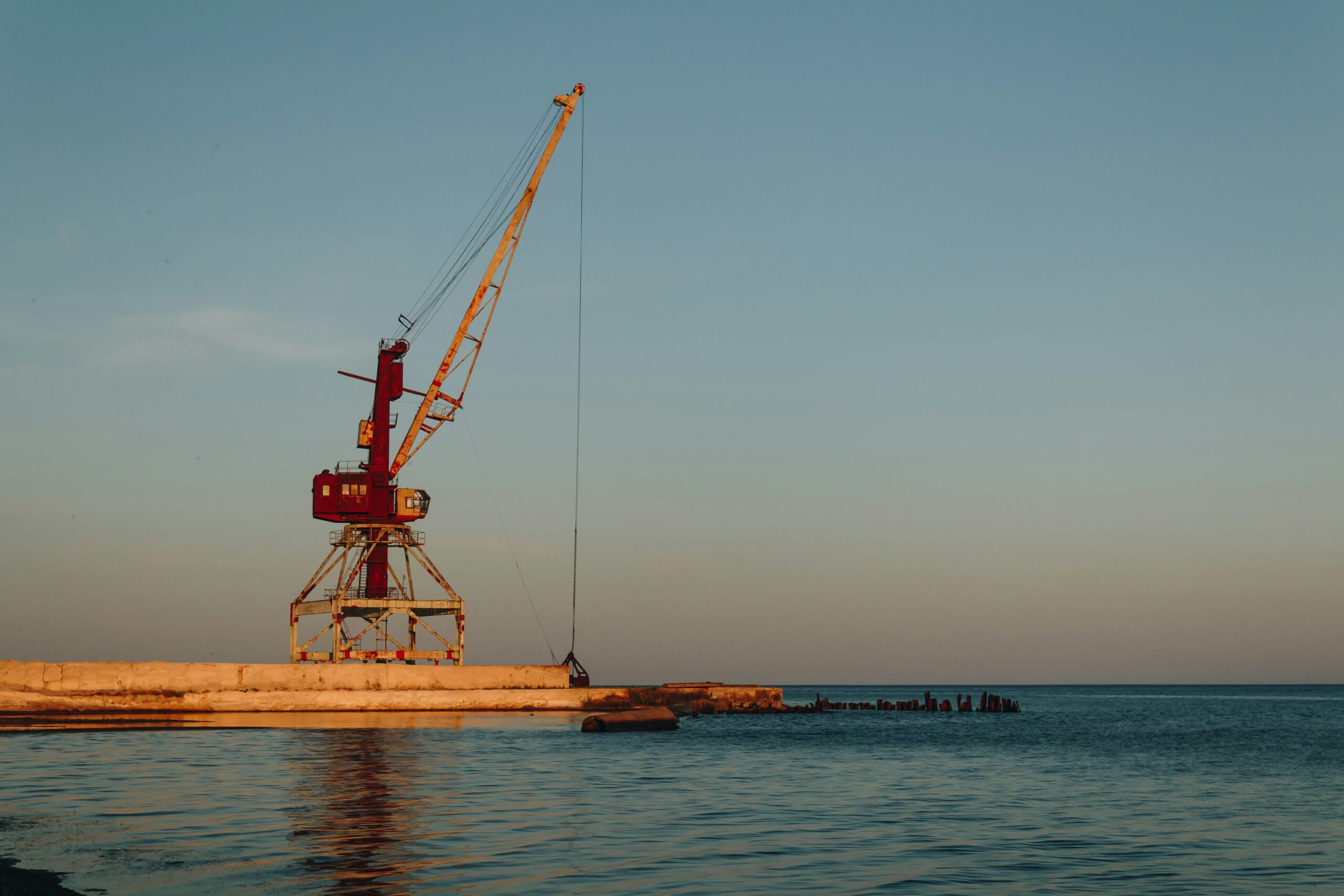
Marine construction involves building structures in or around water. These include piers, bridges, harbors, oil platforms, and wind turbines. While building on land has its own set of challenges, construction in water—especially in extreme environments—is far more complex. From freezing Arctic waters to hurricane-prone coastlines, the risks are high. Yet, these projects are necessary for energy, transportation, and trade.
In extreme environments, the water is often deep, cold, or filled with moving ice. Storms, tides, and strong currents are common. The equipment used must be robust and capable of functioning in all weather conditions. The people working on these sites also need special training. Safety and precision are key because even a small mistake can lead to big problems.
Engineering for Harsh Weather and Rough Seas
One of the biggest challenges in marine construction is harsh weather. High winds, heavy rain, and huge waves can stop work for days or even weeks. In cold regions, ice can damage equipment and delay construction. Engineers must design structures that can handle these forces year-round.
Before construction begins, experts study weather patterns for the area. They use this data to plan the safest time to start work. In many cases, they only have a short window each year. For example, in the Arctic, work typically occurs during the summer months when the ice melts.
Special materials are also used. Steel must be treated to avoid rusting in saltwater. Concrete is mixed to be strong even underwater. Often, parts of the structure are built on land and then transported by barge. This limits the time spent working on-site and lowers the risk of delays due to weather.
Building Underwater: Tools and Techniques
Working underwater is a whole new level of difficulty. Visibility is poor, and divers face strong currents and freezing temperatures. As a result, many projects now utilize machines called ROVs (Remotely Operated Vehicles). These are like underwater robots. They have cameras, arms, and tools to help with inspection and small tasks.
Another standard method is using cofferdams. These are watertight walls built around the work area to keep it dry. Once the water is pumped out, workers can make the structure as if they were on land. This is useful when building bridge foundations or repairing old docks.
Piling is also a key part of marine construction. Piles are long metal or concrete poles driven deep into the seabed. They support the weight of the structure above. Pile driving requires careful planning, especially when working in deep or shifting sand. Engineers use sonar and GPS to guide placement.
Adapting to Remote and Dangerous Locations
Many marine construction sites are far from cities. This includes oil platforms in the middle of the ocean or wind farms miles from shore. Getting workers, equipment, and supplies to these places is a significant task. Helicopters, barges, and ships are often used. Everything must be scheduled carefully. If one shipment is delayed, the whole project could stop.
In some cases, floating hotels or work camps are set up near the site. These keep workers close by and safe. Emergency medical care, food, and rest areas must all be included. Training is also essential. Workers need to know what to do in case of storms, accidents, or equipment failure.
Extreme environments may also mean extreme temperatures. In tropical areas, heat and humidity are significant risks. In polar regions, workers face cold that can freeze tools and cause frostbite. Clothing and gear are specially designed to protect against these dangers.
Innovation and the Future of Marine Construction
Marine construction is becoming more advanced each year. As climate change makes storms stronger and sea levels rise, the need for strong, innovative structures grows. Engineers now use computer models to test how their designs will hold up in different weather. These models help make changes before building even starts.
Sustainability is also a focus. Projects must protect the marine environment. This involves reducing noise during pile driving, utilizing eco-friendly materials, and planning to minimize impacts on aquatic life. For example, some wind farms are designed to act as artificial reefs, helping fish and coral grow.
New technologies like 3D printing and AI are being tested in marine construction. Drones can scan underwater sites. AI can help manage schedules and safety. These tools are making the process faster, safer, and more efficient.